After a 3-month stay in Melbourne, I returned to Quito completely recharged and ready to continue working on the 'Cold lizards project'. By the time I left Australia, I was told that the sunny season was starting in Ecuador, so I decided that Chimborazo Wildlife Production Reserve would be a good site to commence my field work season of 2022.
The journey began on May 5th, when my volunteers and I travelled from Quito to the community tourist center 'Casa Condor', located 3800 metres above sea level (m asl) at Pulingui San Pablo community. Interestedly, the name 'Casa Condor' was given due to the shape of the house, which resembles the Andean Condor viewed from the heights.
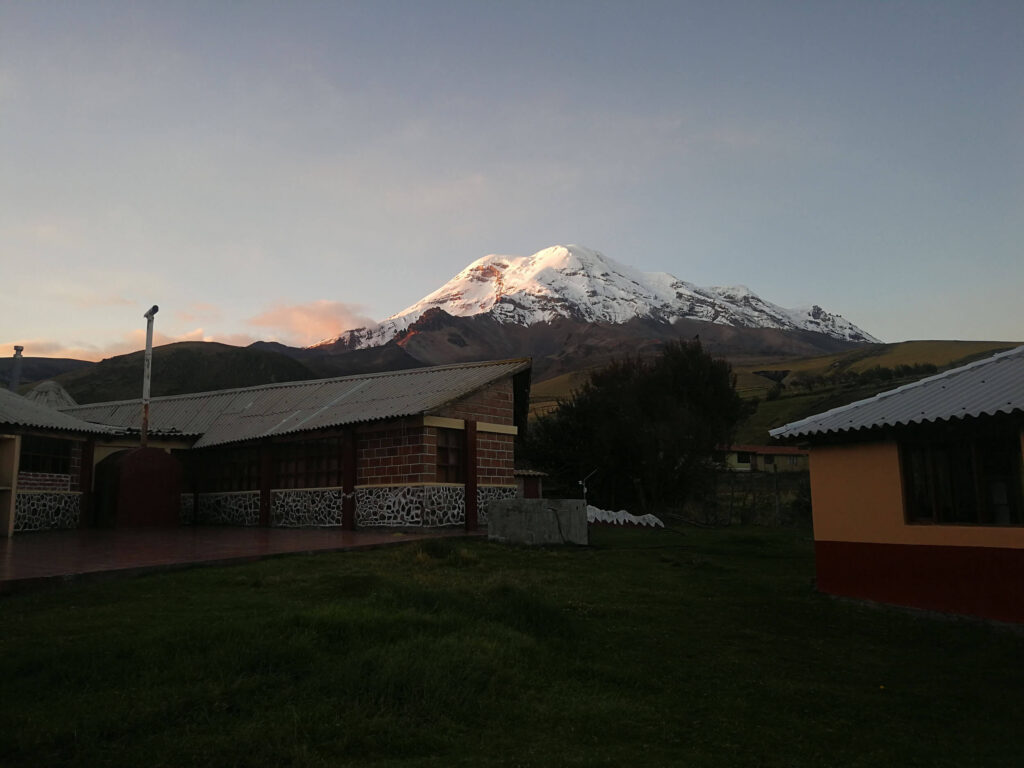
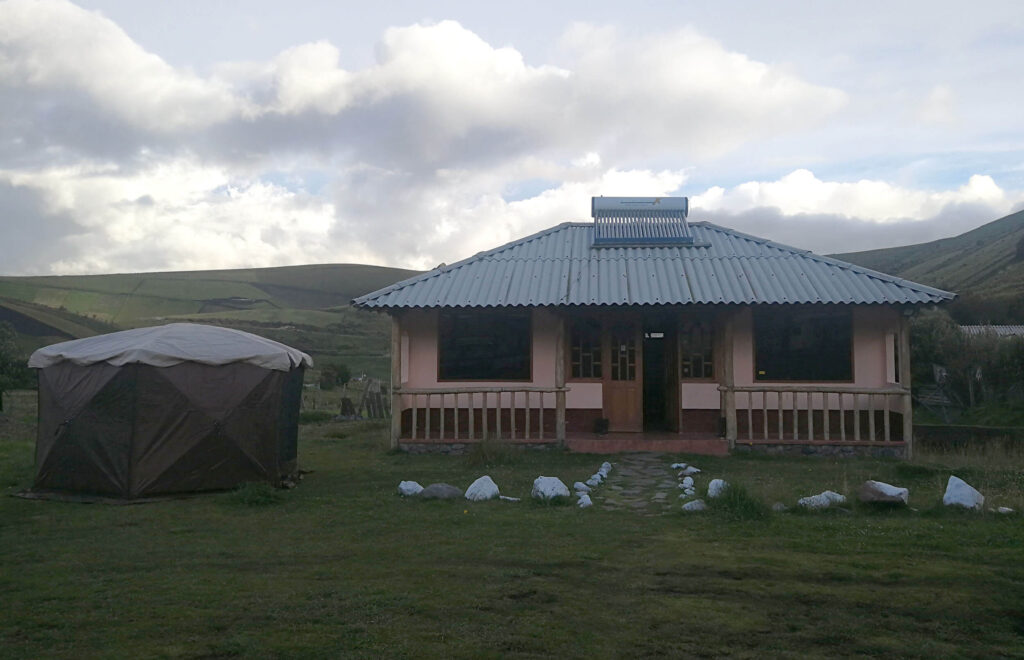
Upon arrival, we received a warm welcome from César Concha, who helped me organise the logistics of the trip, and Manuel Gualancañay, who is the president of Casa Condor and our guide during our stay.
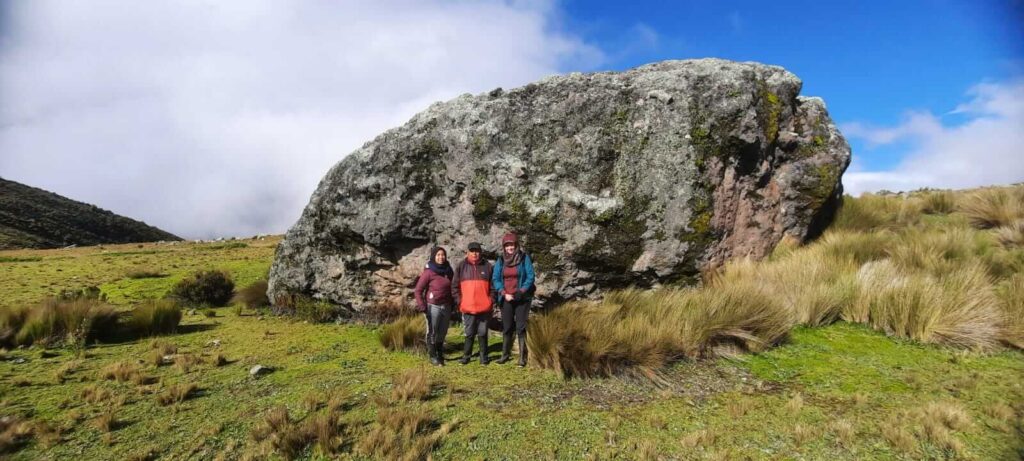
This community tourist center lays on the slopes of the massive Chimborazo volcano which has an impressive height of 6310 m asl. Although it can't beat Mt Everest in terms of elevation above sea level, Chimborazo is certainly the highest mountain in the world when considering the distance from the centre of the earth's core. Indeed, by being located close to the equator, Chimborazo's peak is the closest point on earth to the sun.
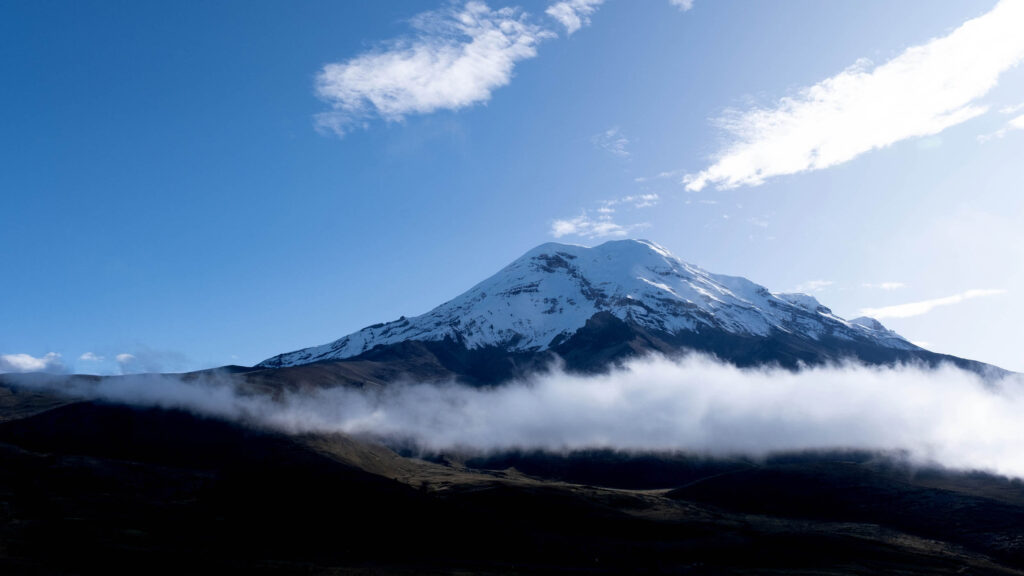
The first days we were full of energy and optimistic that sunny days would partner us. However, as the days went on, we realised that the weather in the mountains is very unpredictable and particularly so this year due to La Niña effects.
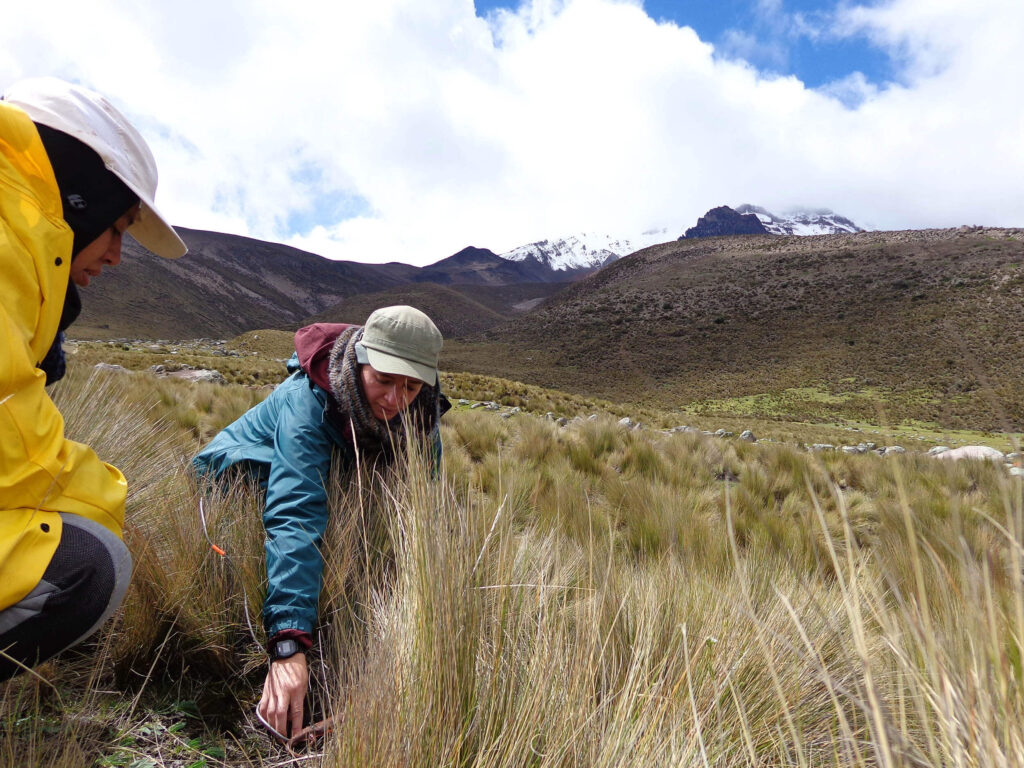
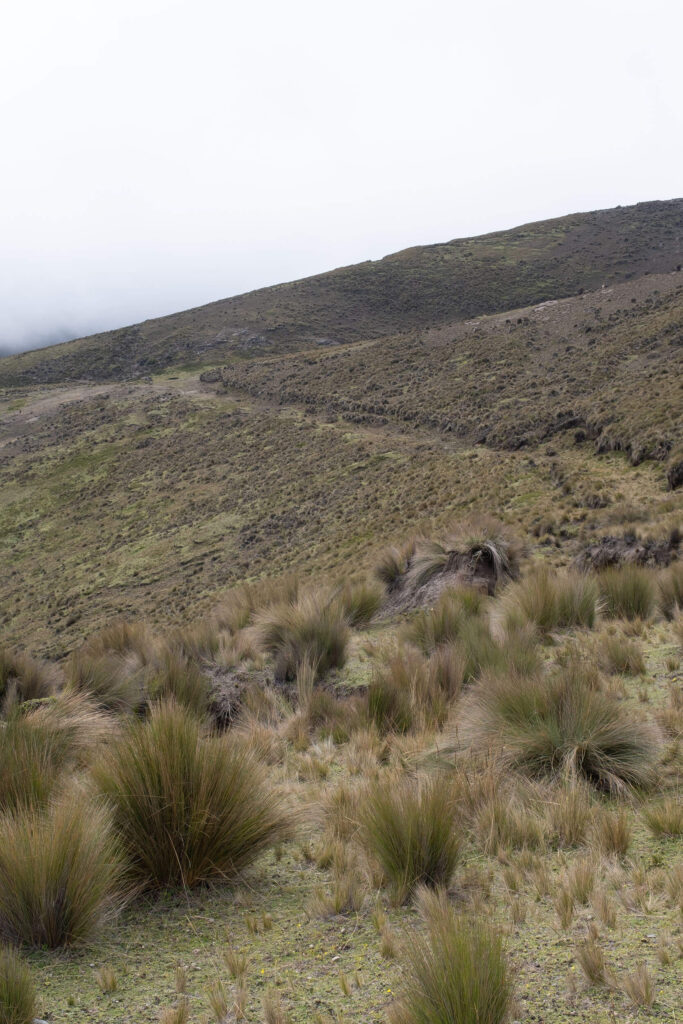
Nevertheless, we enjoyed field work in this paramo ecosystem which is home of wild vicuñas (a cute relative of llamas and alpacas), endemic birds as the Chimborazo hillstar (a species of hummingbird), and of course our study species, the endemic lizard Stenocercus cadlei.
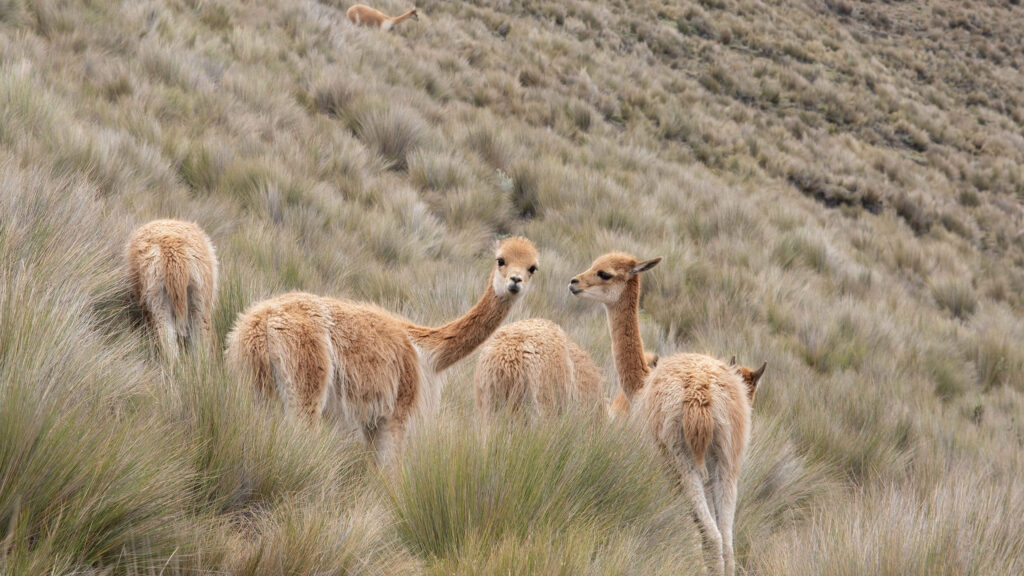
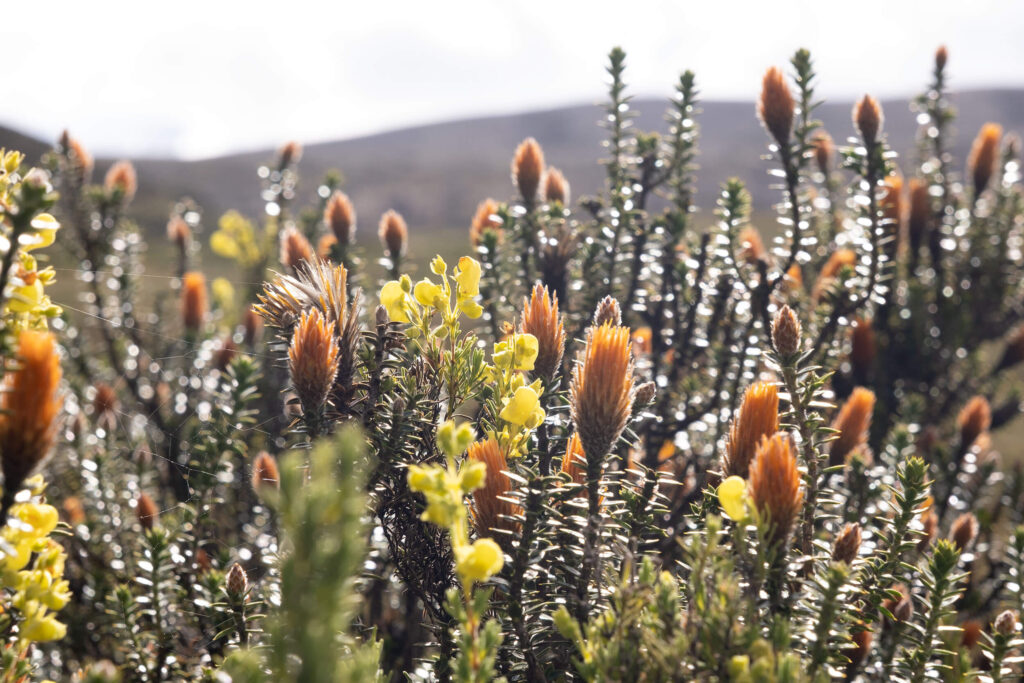
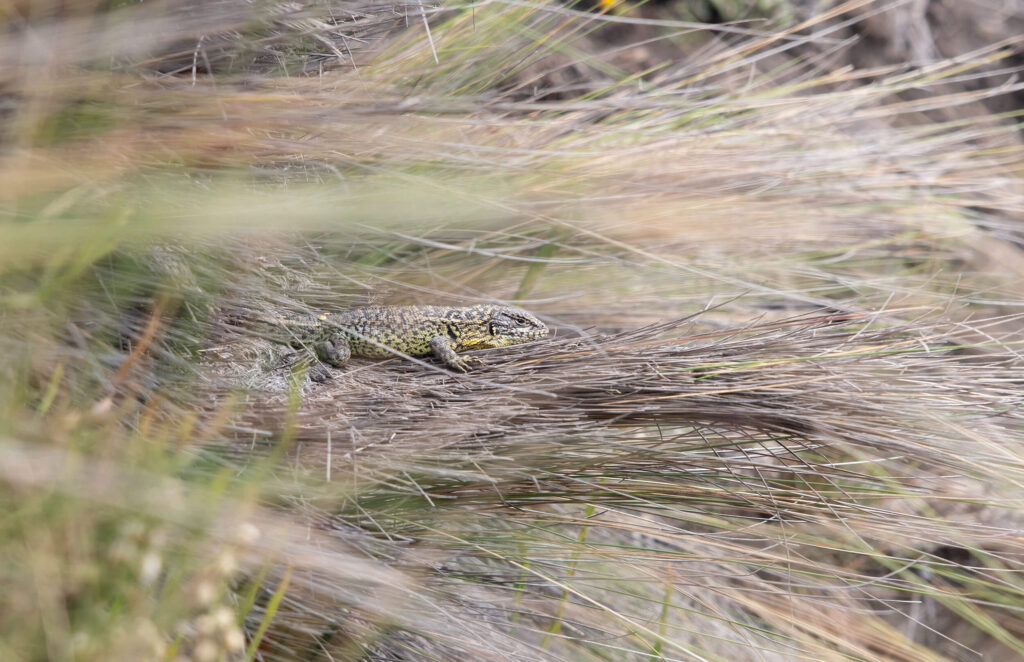
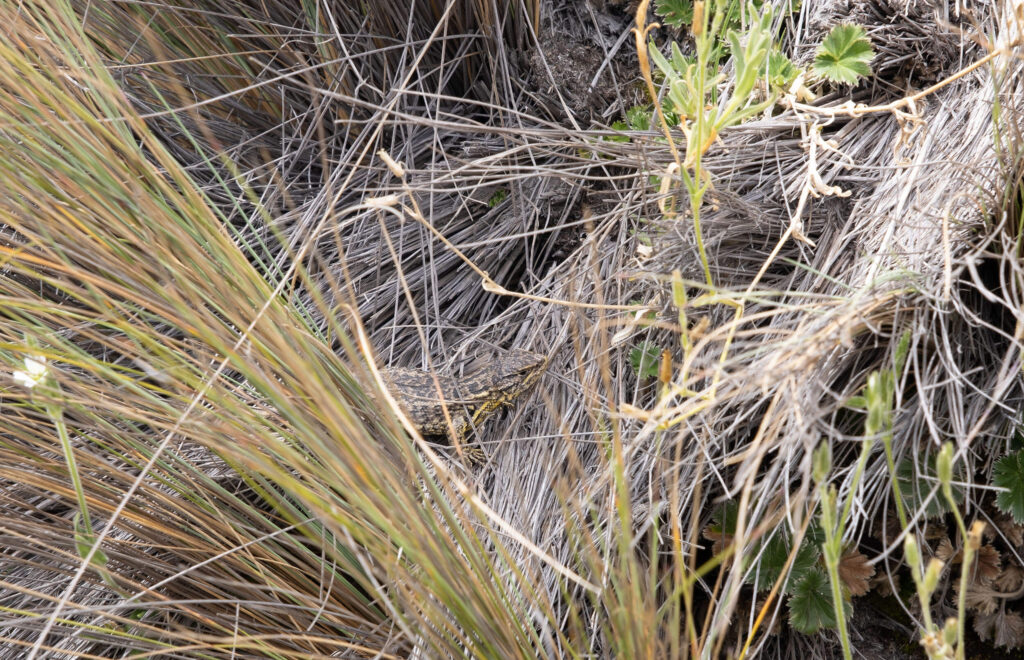
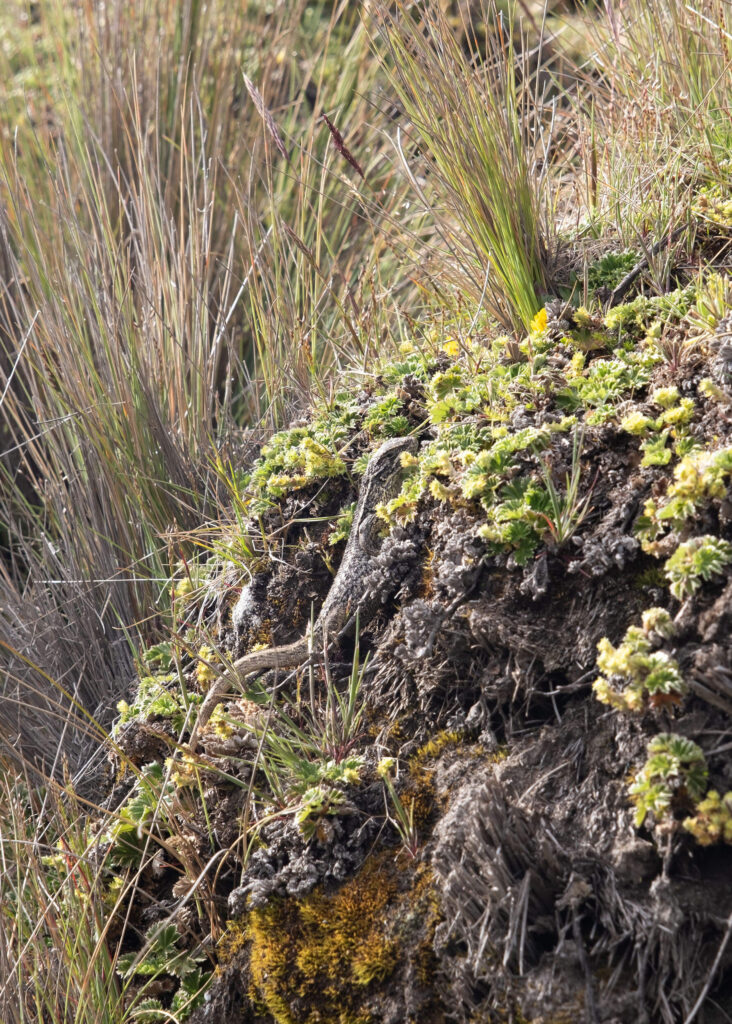
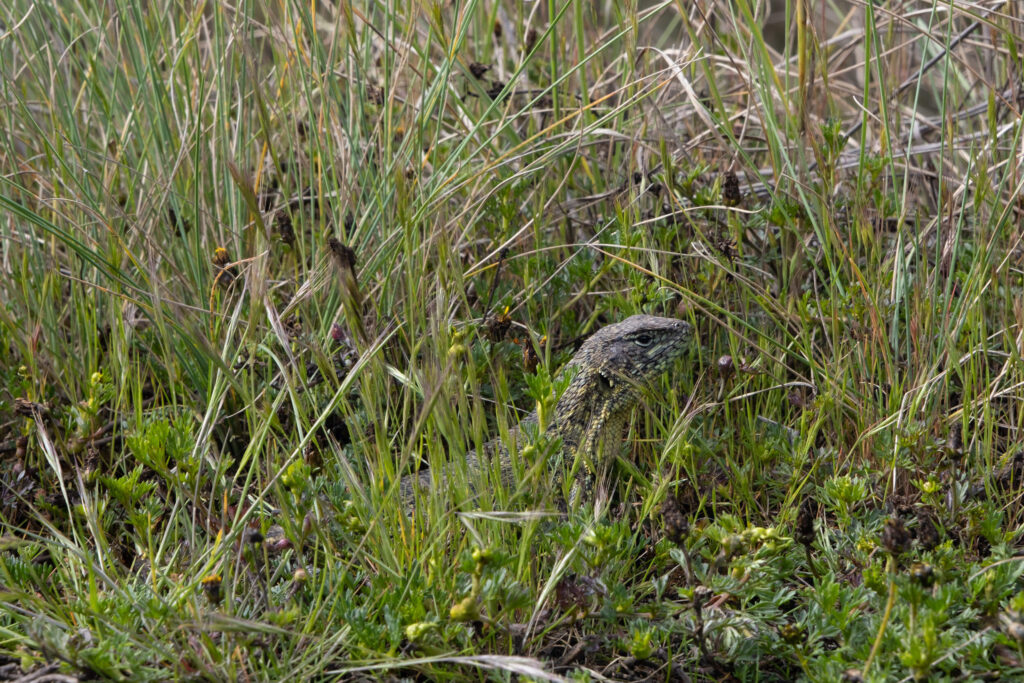
On rainy days, we spent our time chatting with the indigenous people that live in the area. They were very curious about the 'Cool lizards project' but at the same time, they were extremely scared when we showed them the alive specimens we had caught. They told us that they have been culturally taught to consider lizards as evil creatures, which can kill their cattle as well as to cause physically harm to people. Sadly, these misconceptions added to the increase of land for agriculture and livestock use are some of the reasons why lizard populations are threatened in this area.
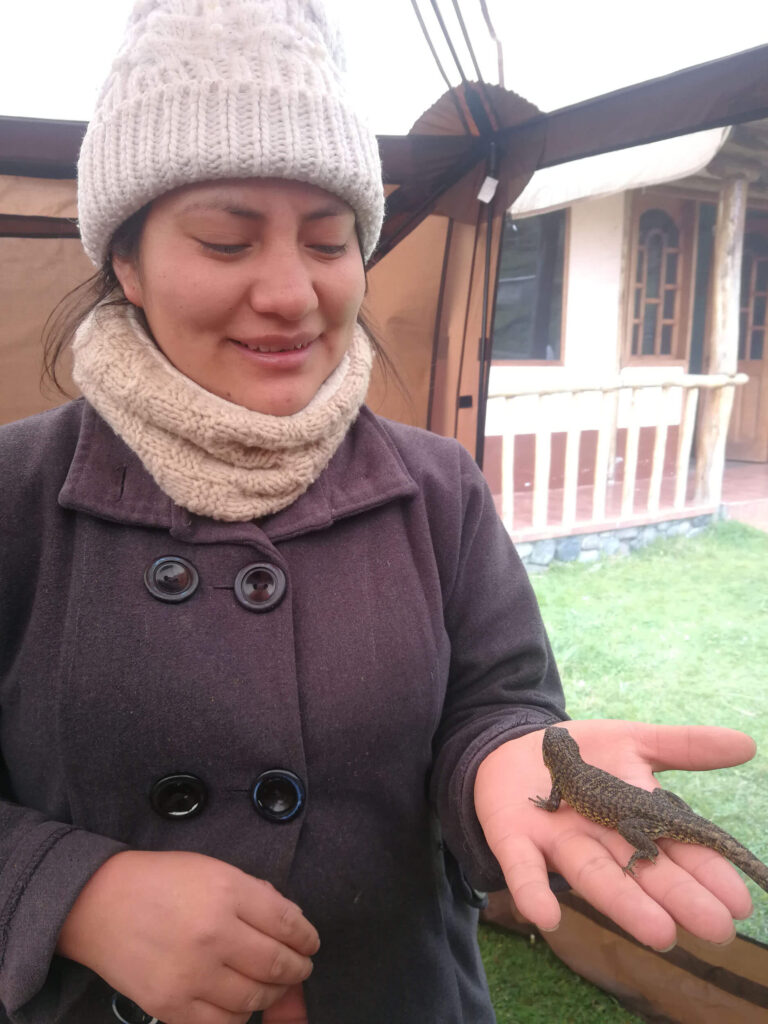
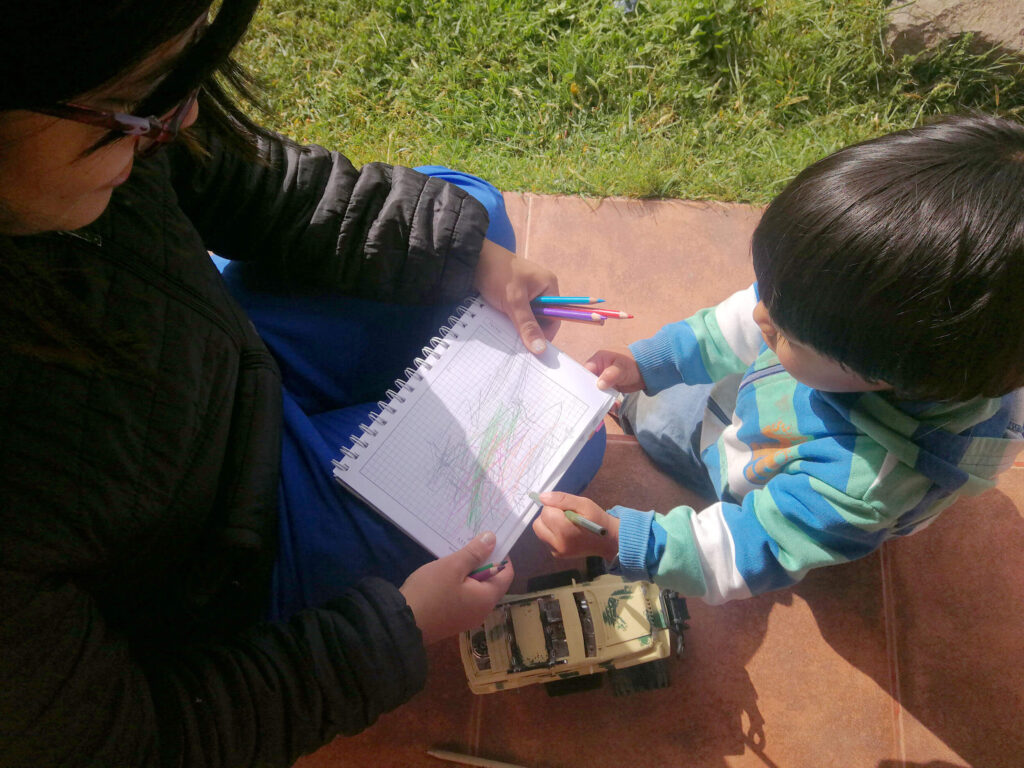
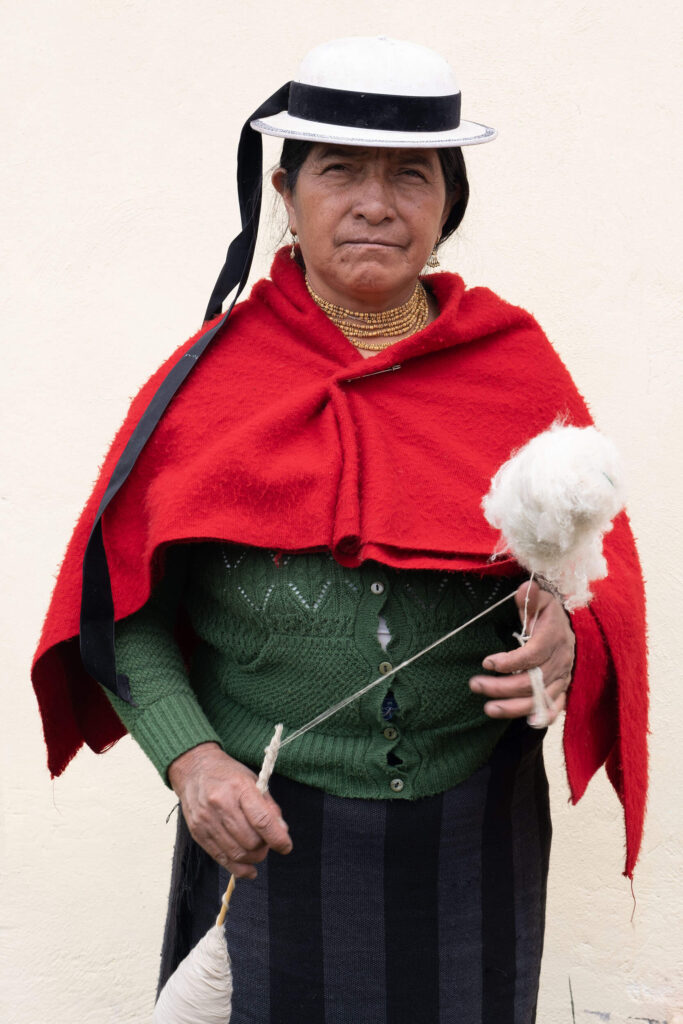
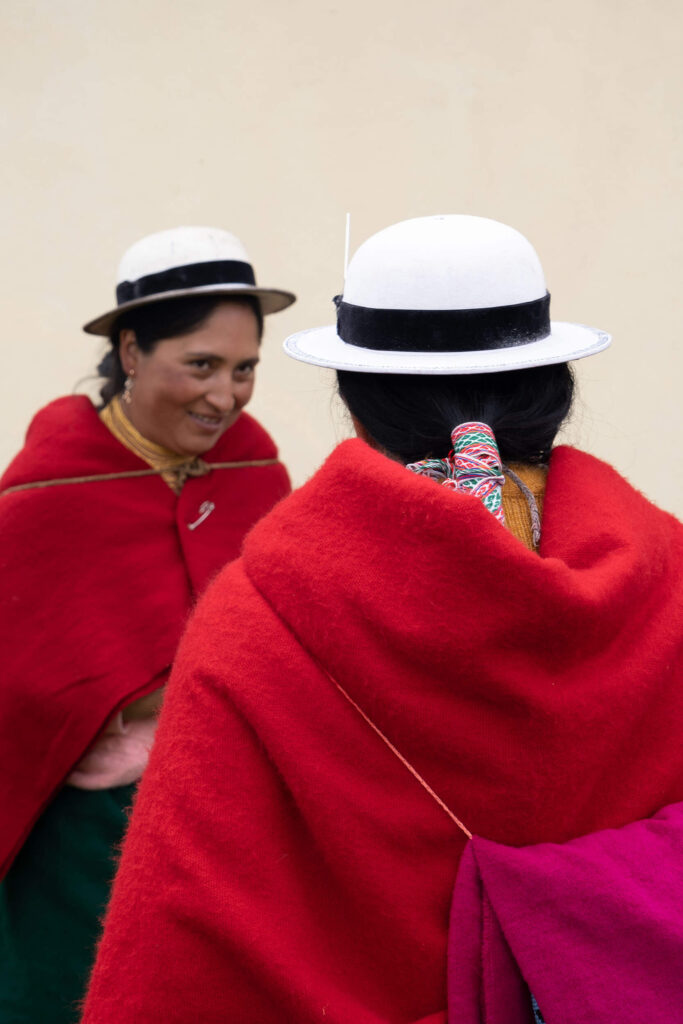
This field work came to an end when I figured out that rain was not going to stop anytime soon, and while driving back to Quito I realised that I have learnt a huge life lesson: I can't control all things - especially nature.

Estefany S. Guerra Correa